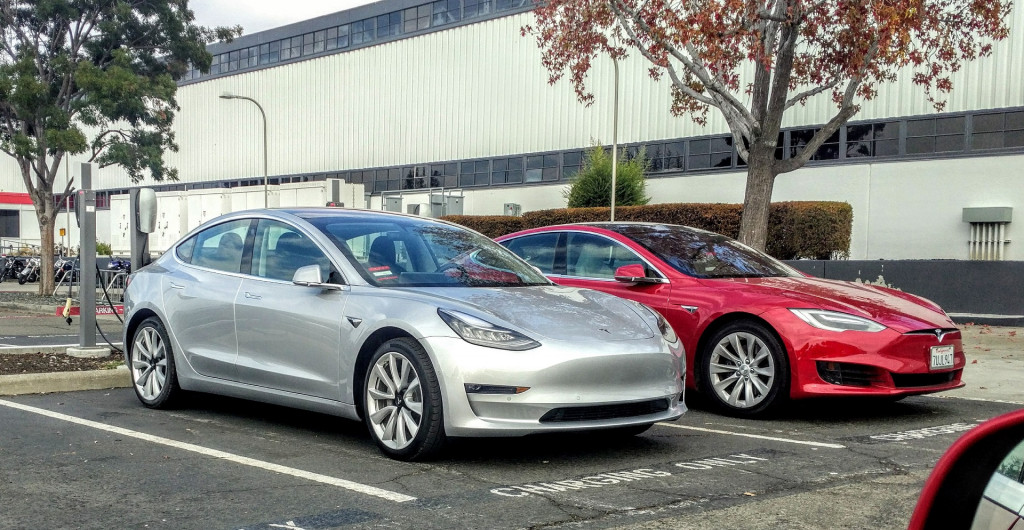Never let it be said that Tesla CEO Elon Musk and his event producers are not masters of showmanship.
Last night's launch of the Tesla Semi heavy-duty commercial truck tractor came with a surprise: a new Tesla Roadster emerged from the back of the trailer.
The wow factor was ... high.
DON'T MISS: Tesla Semi: 500-mile range, lower running costs than diesel... and it's fast
But questions that will directly and immediately affect Tesla's future went unmentioned and unanswered amidst the hoopla and the glowing descriptions of products promised for 2019 (the semi) and 2020 (the new Roadster).
The crucial question for Tesla, however, remains just as it was 24 hours ago.
It's not about the idea of an electric long-haul semi, nor the small numbers of an extremely fast $200,000 two-seater it might deliver after that.

2020 Tesla Roadster
That question is simple: Can Tesla get its lower-priced Model 3 into high-volume production within the next few months?
The corollary is then: When large numbers of Tesla Model 3s start pouring out of the factory in Fremont, California, will they be built at sufficiently high quality?
The argument has been made that Tesla owners see themselves as part of a movement, and are hence more tolerant of quality challenges or other issues in their fashionable electric cars.
CHECK OUT: Tesla Roadster is back: 0-60 in 1.9 seconds, 620-mile range
That may well be true for buyers of Model S hatchback sedans and Model X crossover utility vehicles. The households that can afford those cars, starting at $75,000, have multiple vehicles.
But the $35,000 price touted for the Model 3 puts it right at the average transaction price for all vehicles sold in the U.S., nominally into the higher end of the mass market.
The open question is whether those buyers, likely with lower incomes and who likely have fewer vehicles in their households, will be similarly tolerant.

Tesla Model 3 found on Craigslist

2018 Tesla Model 3

2017 Tesla Model 3, in photo tweeted by Elon Musk on July 9, 2017
Meanwhile, it's well-accepted that the company is now in the midst of what CEO Musk has referred to many times as "production hell."
Tesla took a remarkably risky step in skipping the pre-production vehicle, or beta, phase of its Model 3 testing.
Experienced auto-production executives warned at the time the company faced not only long delays but enormous cost in modifying high-volume tooling if anything major went wrong.
READ THIS: Just 260 Tesla Model 3s built in 3 months, volume production delayed
Tesla had said it would be cranking out 5,000 electric cars a week from the Fremont factory just six weeks from now.
As it is, the company now says it will deliver 100,000 or more cars during 2017—only one-third mroe than the 76,000 it delivered last year.
That's despite the launch of the "volume" Model 3 in July, five months before that December target.

2017 Tesla Model 3 and Model S in Tesla assembly plant parking lot, Fremont, CA, November 2017
This was all predictable, of course, based on past history: Tesla hasn't delivered any of its four models on the announced schedule.
Granted, the company still has 455,000 paid reservations for the Model 3.
The challenge is that Tesla continues to hemorrhage cash, and it needs the revenue from high-volume sales of the Model 3 to cover its costs—or it needs to raise more capital. It probably needs both.
So while the Tesla Semi is interesting, and the new Roadster is icing on the cake, don't be distracted.
The sole thing that matters for Tesla in the next few months and likely during all of 2018 is getting high-quality Model 3s out the door in unprecedented volumes and into the hands of paying customers.
Everything else is a sideshow.
_______________________________________













